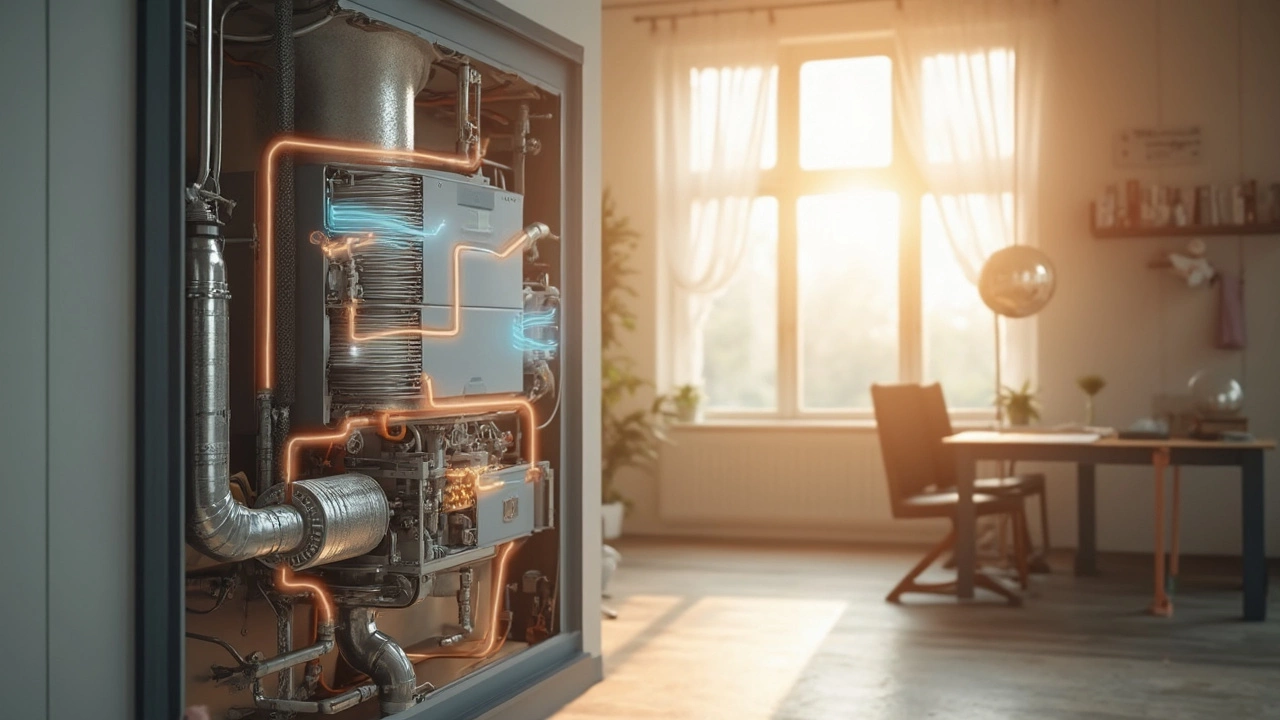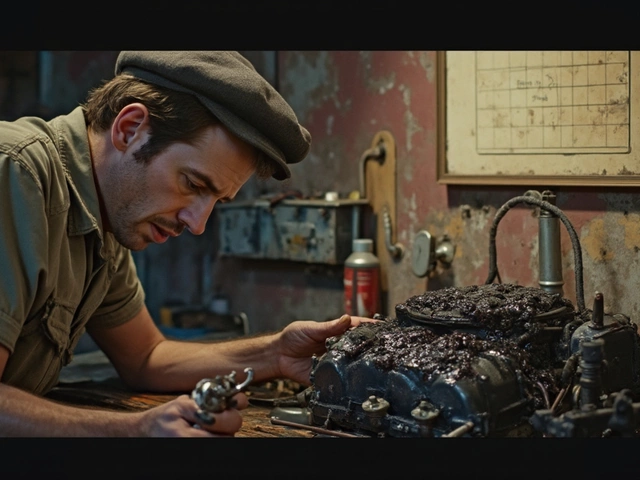Durability Made Easy: How to Keep Your Car Parts Lasting Longer
Ever wonder why some cars seem to never need new tyres or brakes while yours is always in the shop? The answer is simple – regular care and the right habits can add years to almost every part of your vehicle. In this guide we’ll walk through the most effective, everyday actions you can take right now to make your car’s components more durable.
Tyres and Wheels: Staying Strong on the Road
Tyres are the only part of the car that actually touches the road, so they take the biggest beating. First, keep them properly inflated. Under‑inflated tyres wear on the edges, while over‑inflated ones develop a narrow contact patch and a harsh ride. Check pressure at least once a month and before long trips.
Second, rotate your tyres every 6‑8 000 miles. Rotation spreads wear evenly across all four wheels, stopping one corner from turning into a bald patch while the opposite side stays nearly new. This simple step can add up to 10 000 miles to each set.
Third, watch the tread depth. If the grooves are shallower than 2 mm, you’re losing grip and the tyre’s life is ending. A quick penny test tells you the exact depth – if you can see the whole top of Lincoln’s head, it’s time for new rubber.
Brakes, Suspension and Engine Parts: Extend Their Life
Brakes are another high‑wear area. Avoid harsh stops whenever possible; gentle braking reduces pad wear and keeps rotors cooler. If you hear squealing, it’s a warning sign that the pads are near the end – don’t wait until the noise turns into grinding.
Suspension components, like shocks and bushings, suffer from constant stress. Look out for a bouncy ride, uneven tyre wear, or clunking noises when you drive over bumps. Spotting these signs early lets you replace a single shock instead of a whole axle.
Engine parts benefit from clean oil and regular filter changes. A premium air filter can keep dust out of the combustion chamber, but you don’t have to spend a fortune – a high‑quality filter that matches your car’s specifications does the job. Replace the oil filter every oil change and the fuel filter according to the maker’s schedule; clogged filters strain the pump and can lead to premature failure.
Finally, keep an eye on corrosion. Even alloy wheels can develop surface rust if exposed to salty roads for too long. Rinse your wheels and undercarriage after winter or after driving on the coast, then dry them thoroughly. A quick rust‑proof spray adds a protective barrier that lasts months.
Implementing these habits doesn’t require a garage full of tools – most can be done with a tire pressure gauge, a simple rotation kit, and a regular check of your car’s fluids. The payoff is fewer trips to the mechanic, lower repair bills, and a vehicle that feels fresh for years.
Next time you’re tempted to ignore a small squeak or skip a rotation, remember that durability is built on tiny, consistent actions. Stay proactive, and your car will reward you with smooth rides and fewer surprises on the road.
 20 March 2025
20 March 2025
Which Type of Air Filter Lasts the Longest?
Choosing the right air filter can save both time and money, enhancing air quality and extending the life of HVAC systems. This article explores the different types of air filters available, their lifespans, and practical tips for maximizing their use. It provides information on factors affecting durability and offers advice on balancing performance and longevity.






0